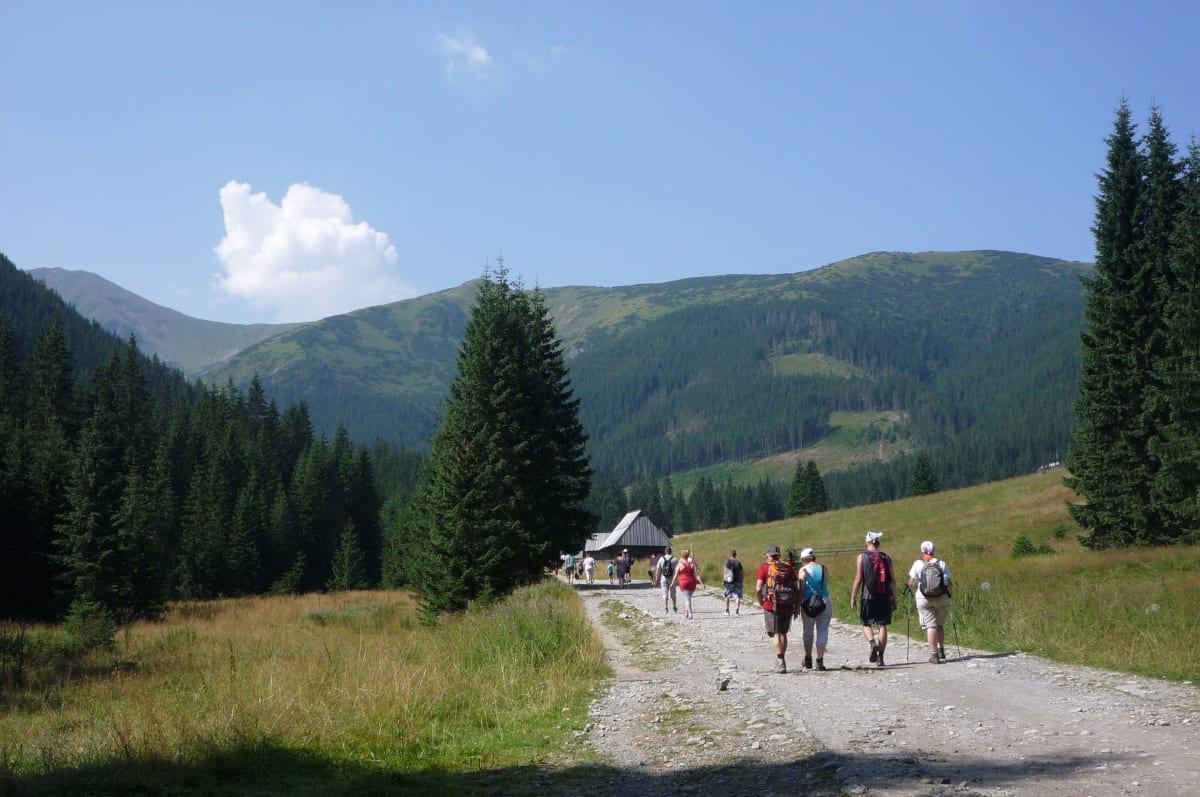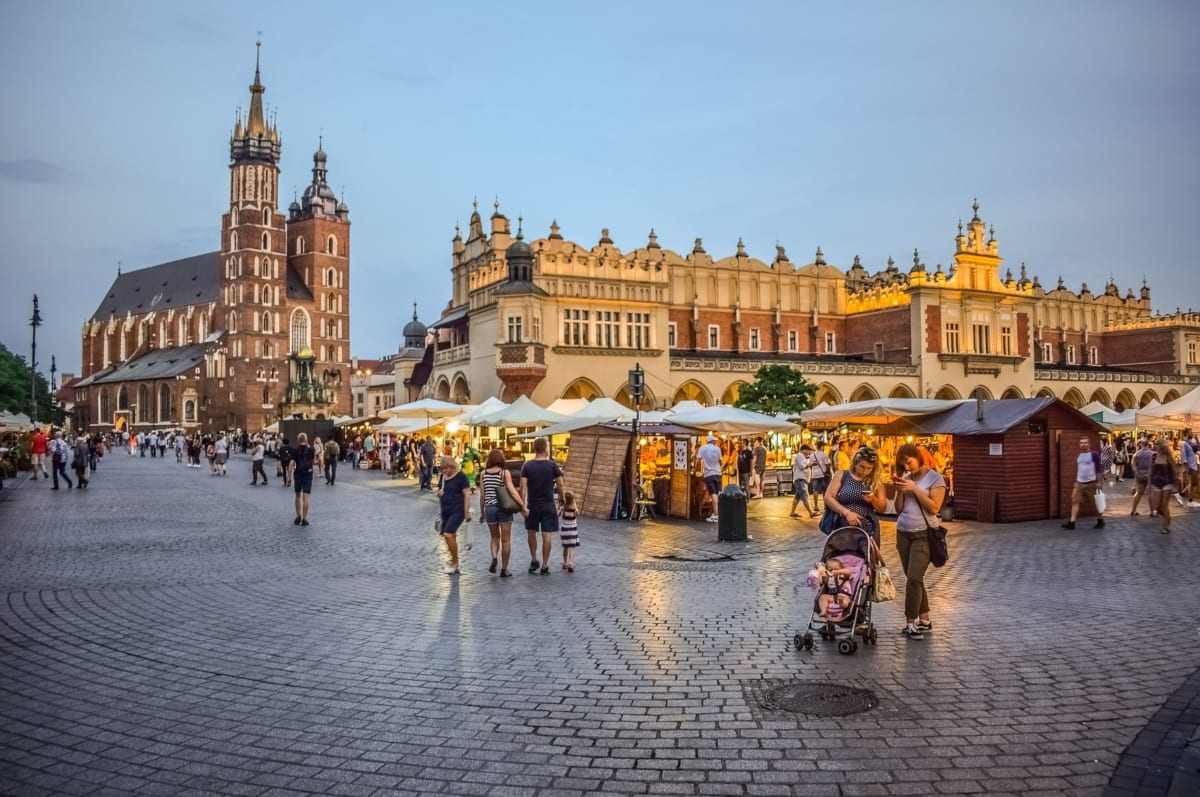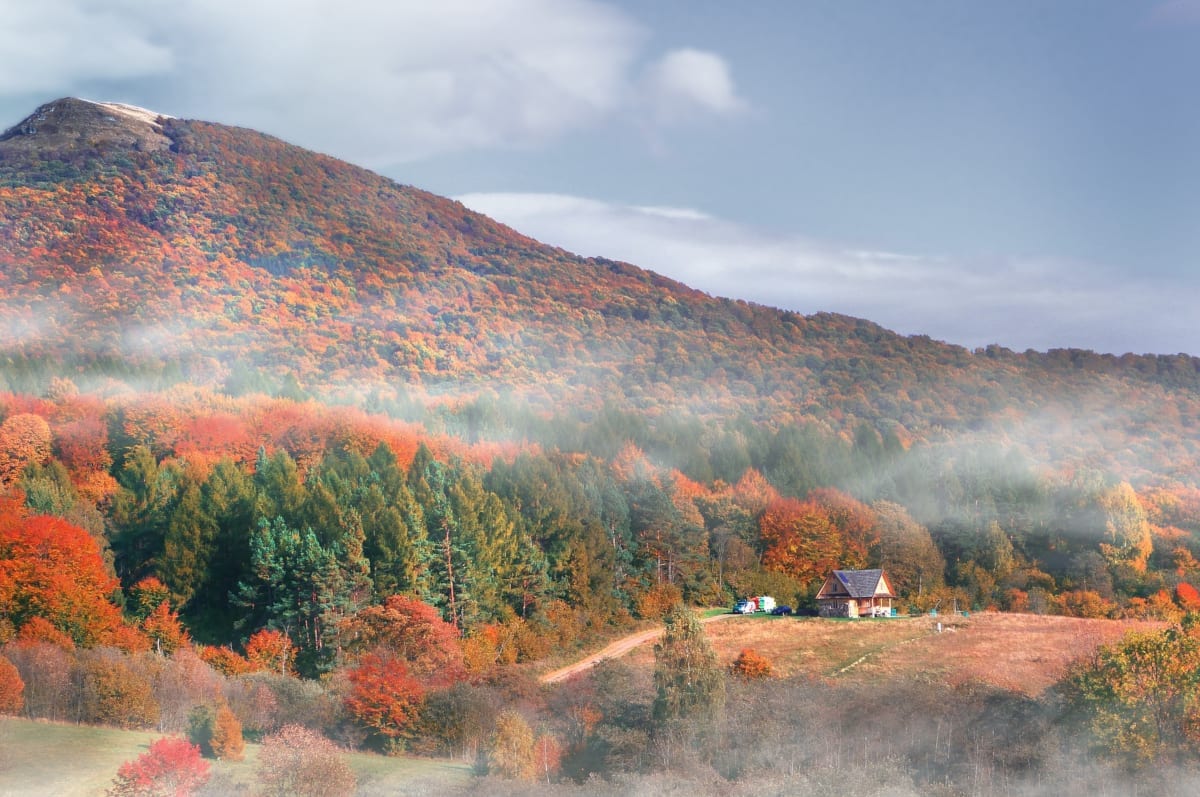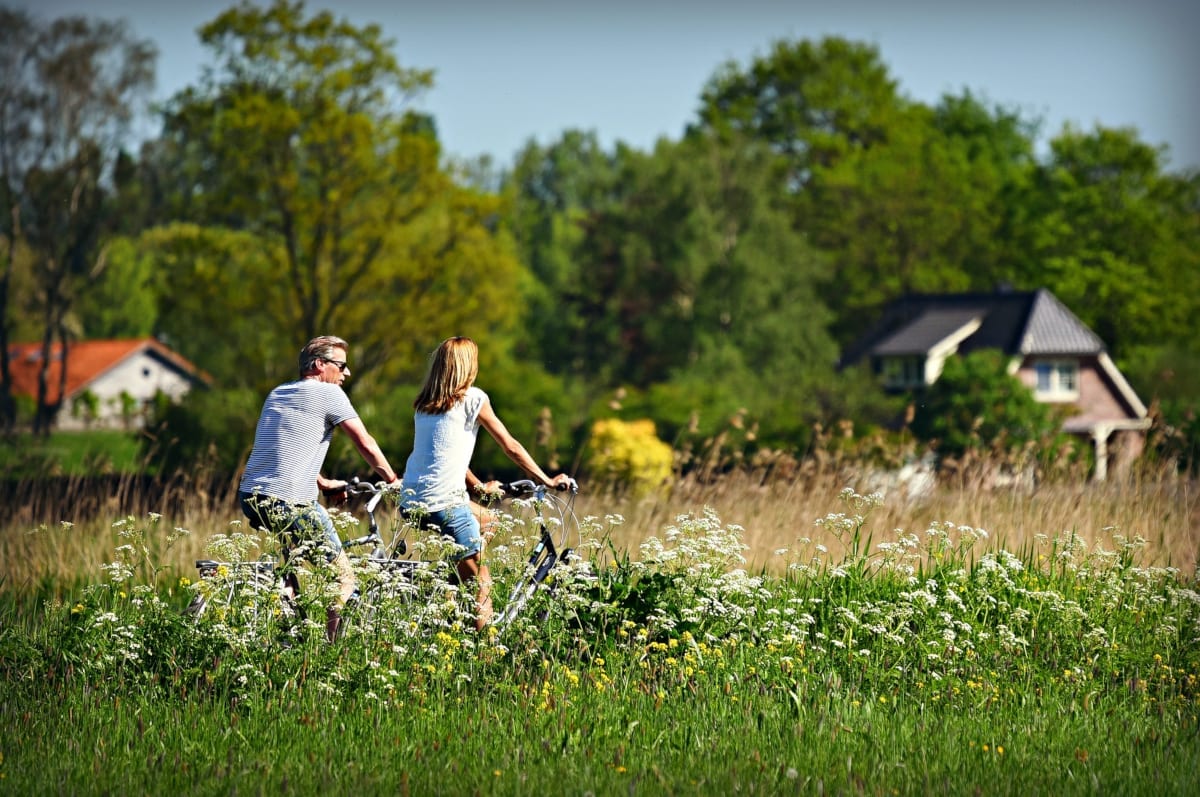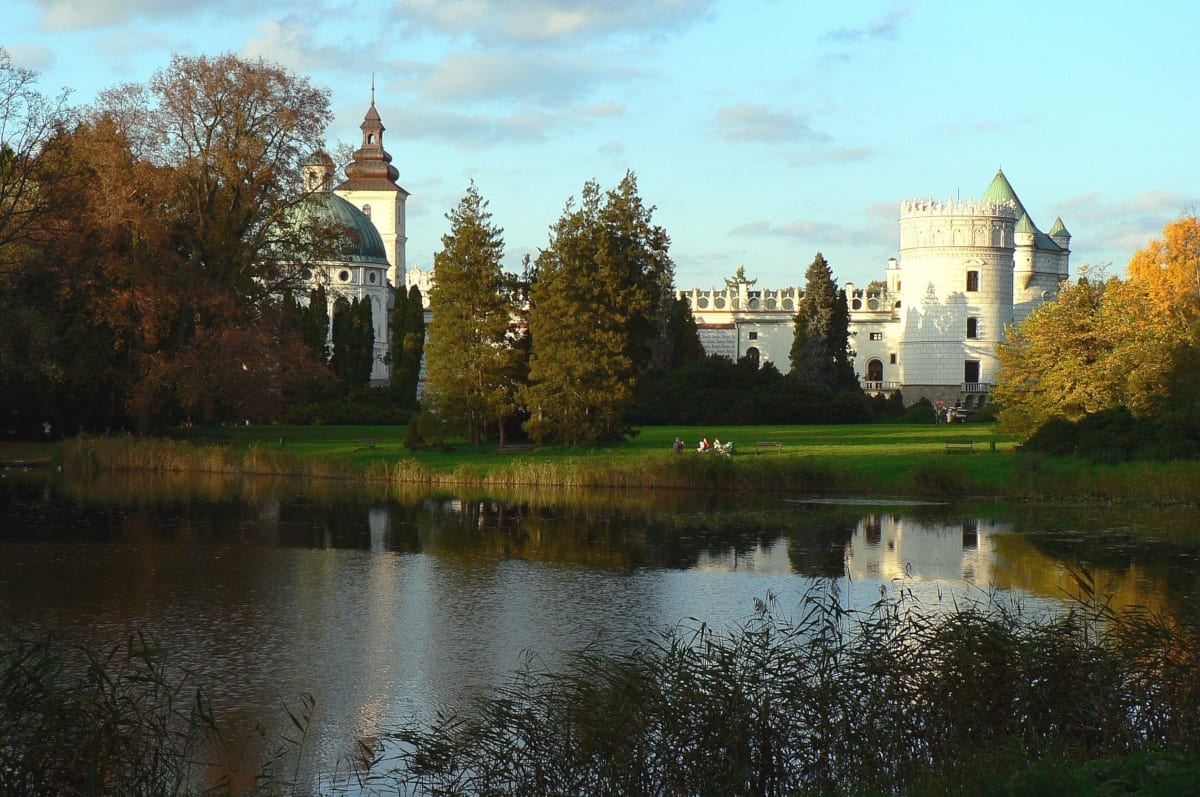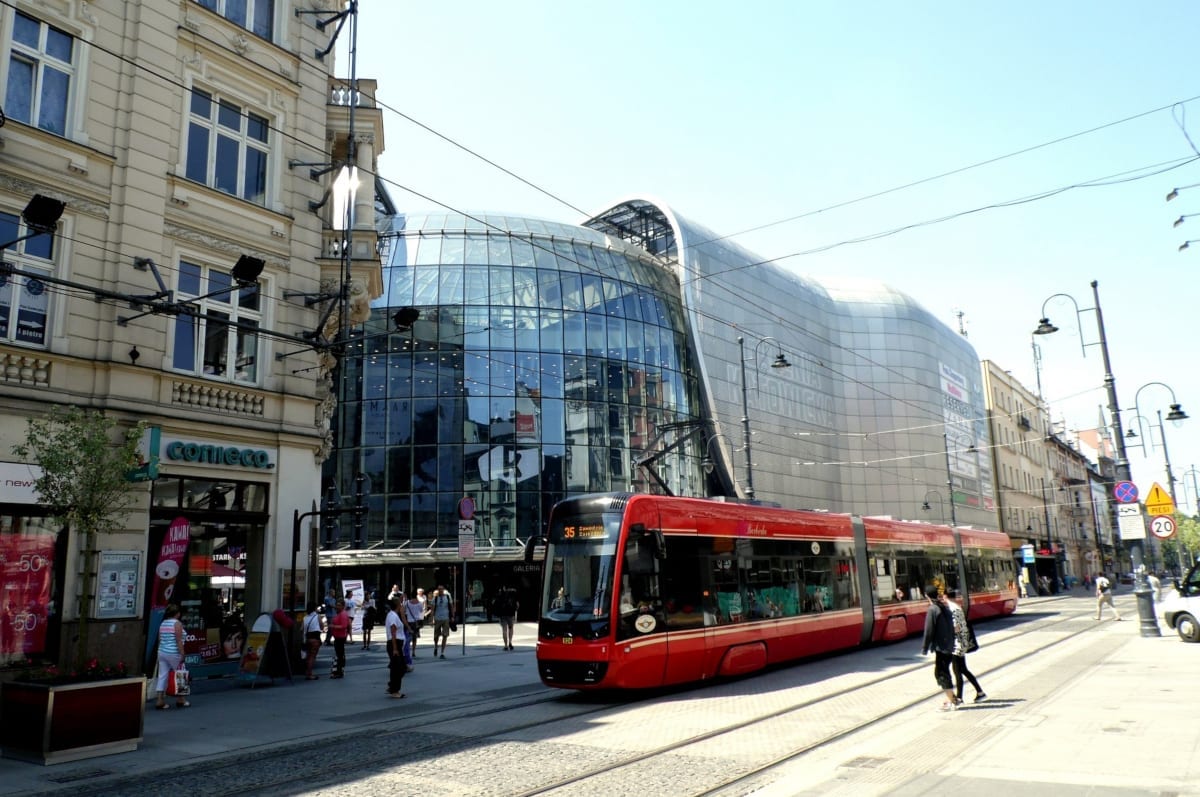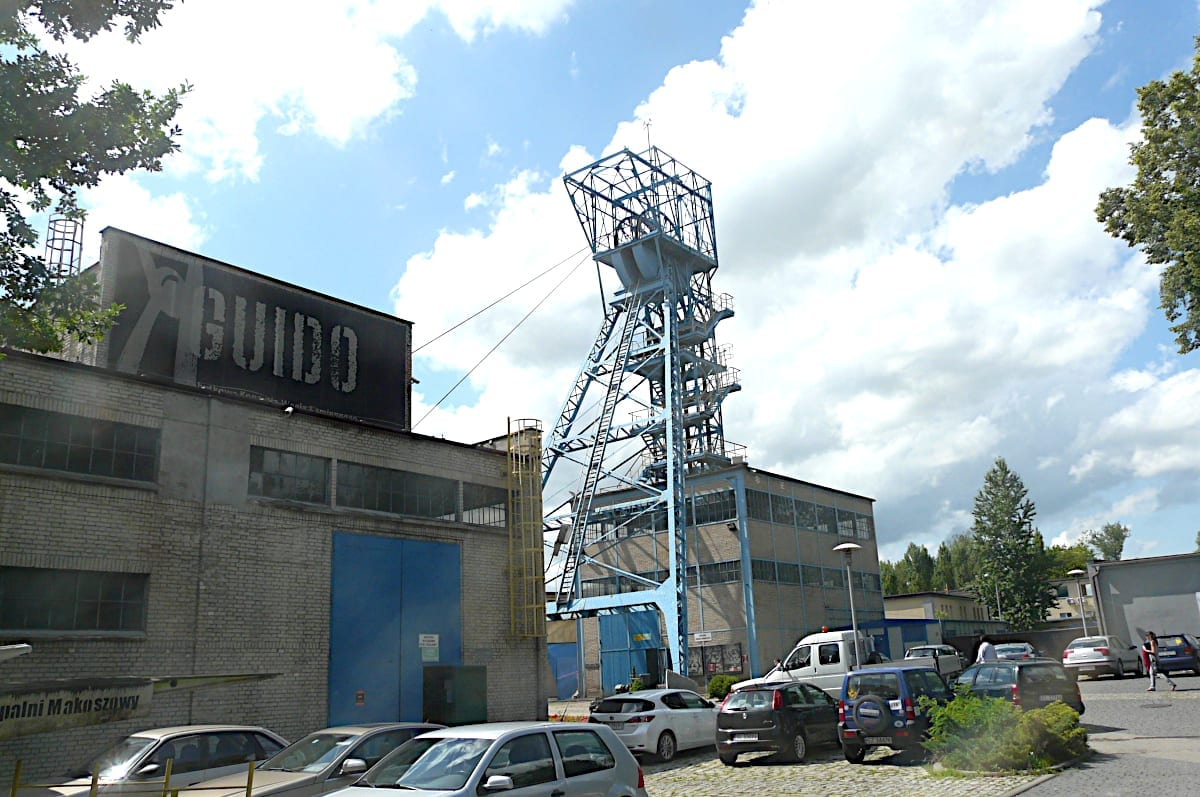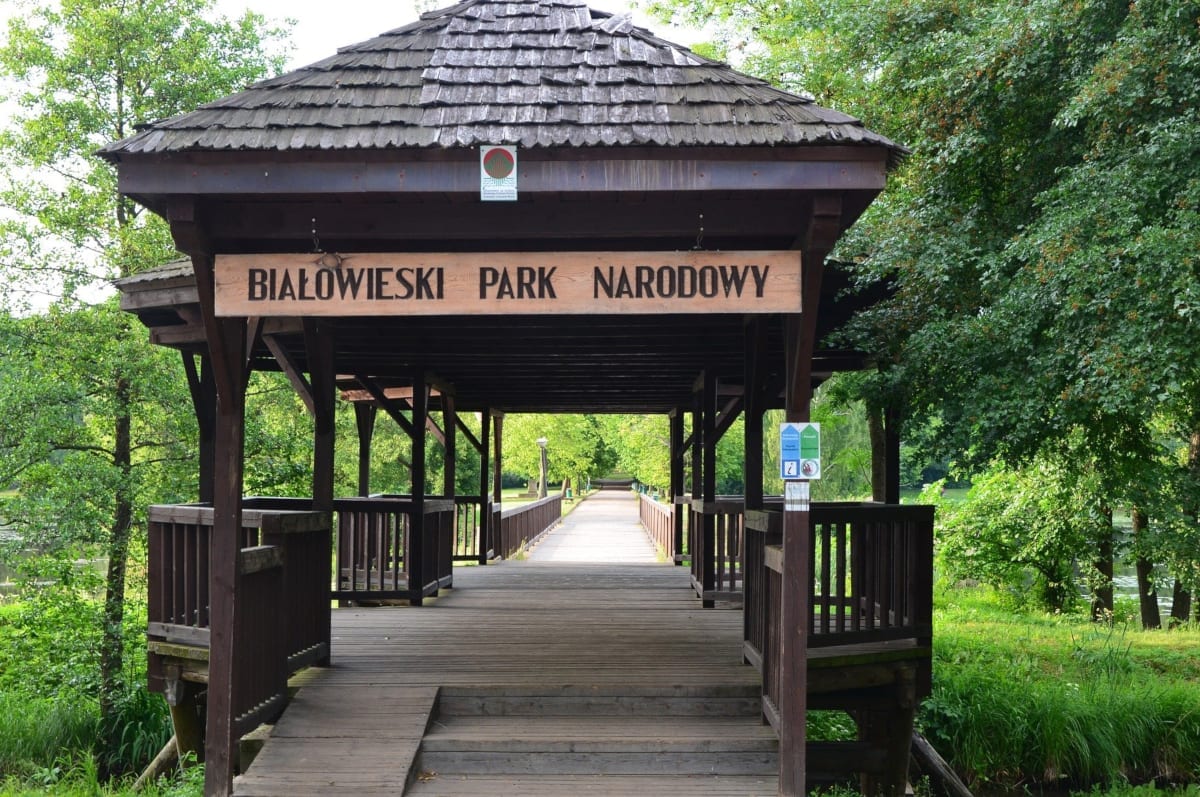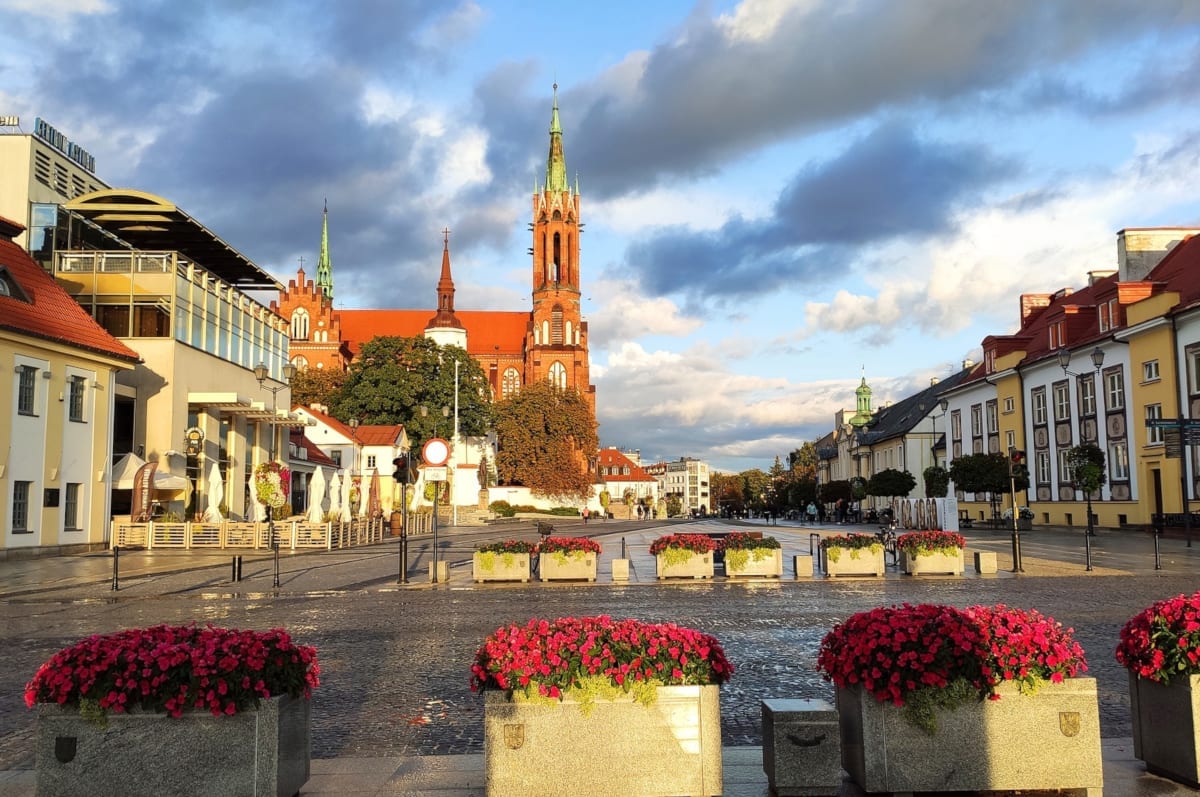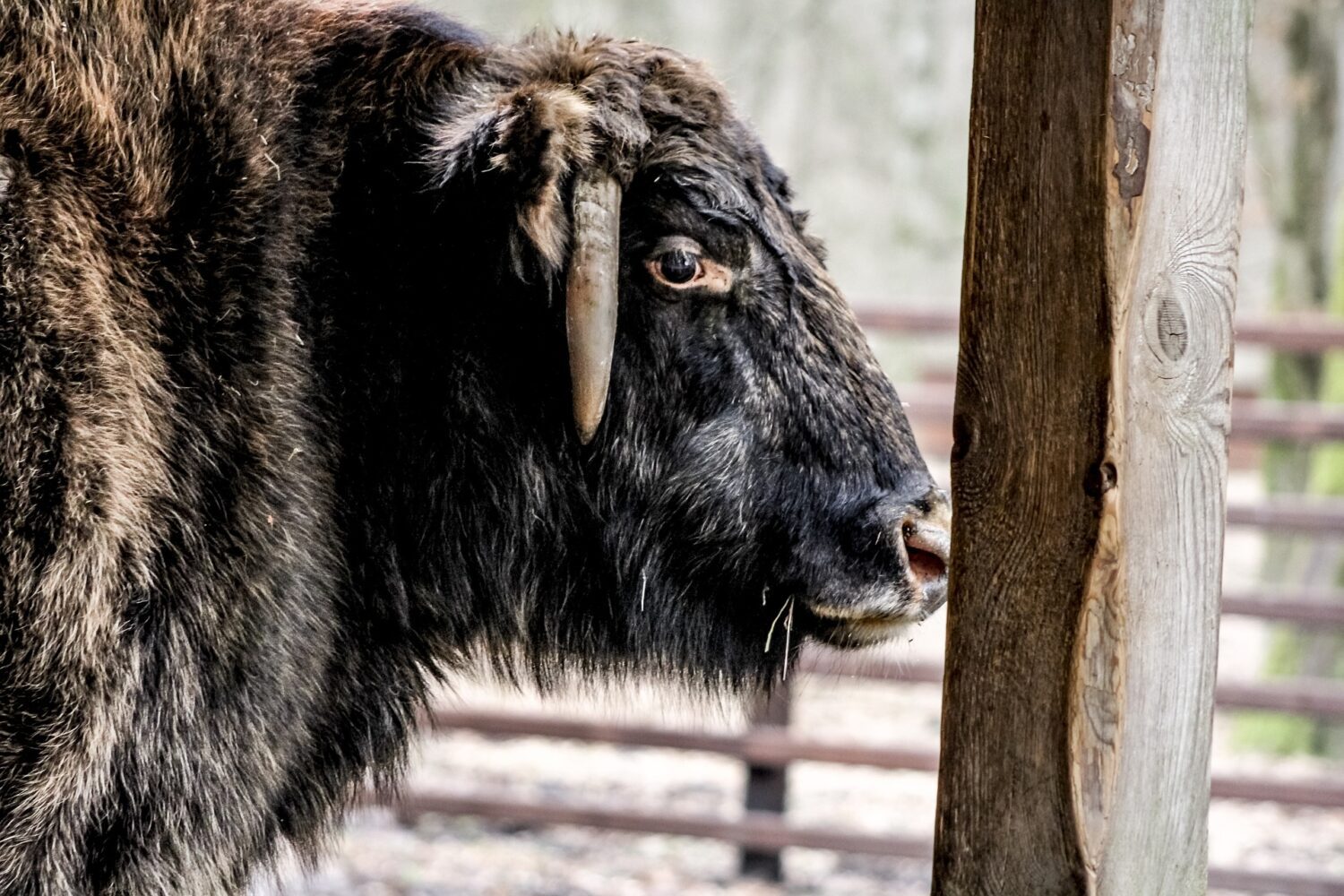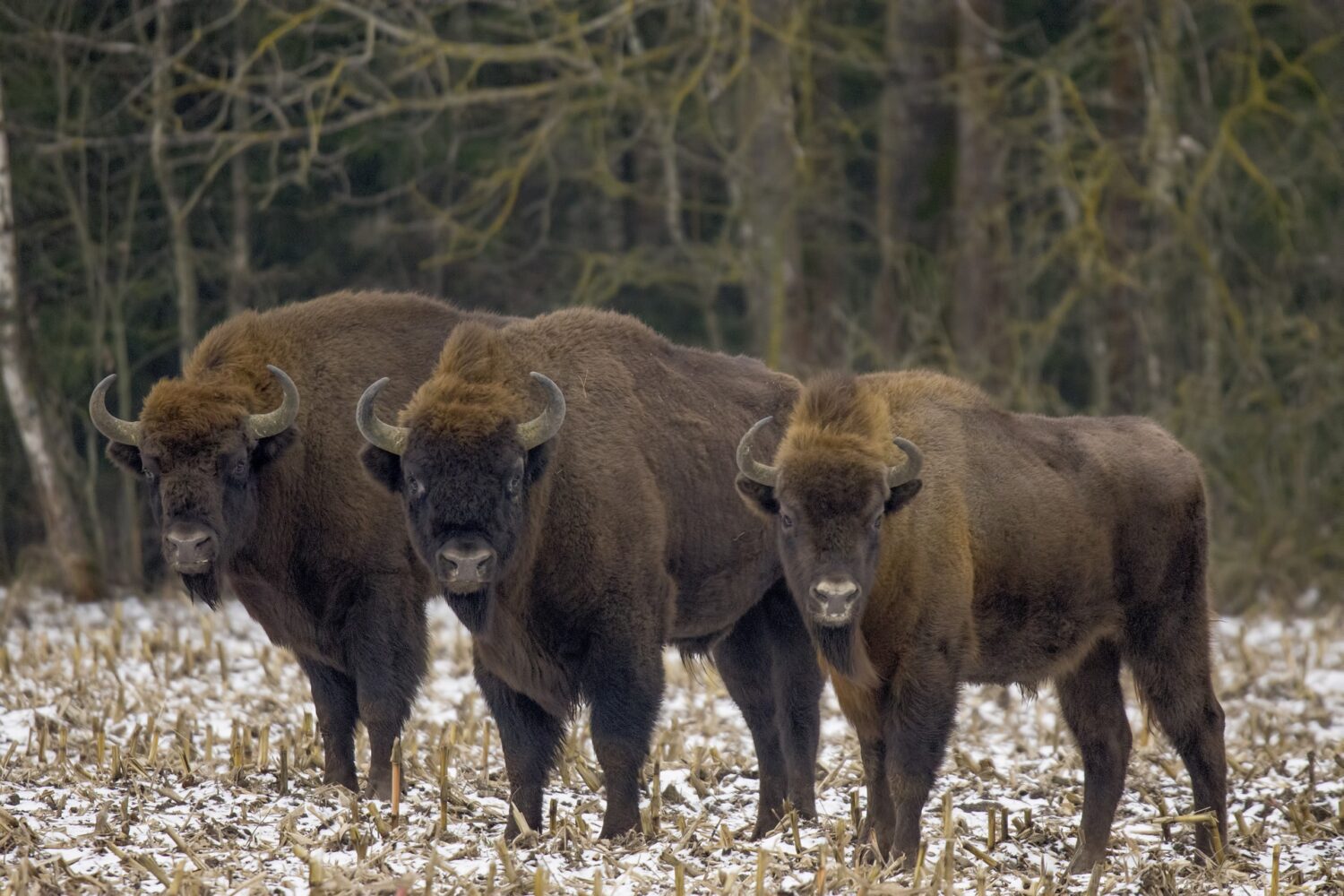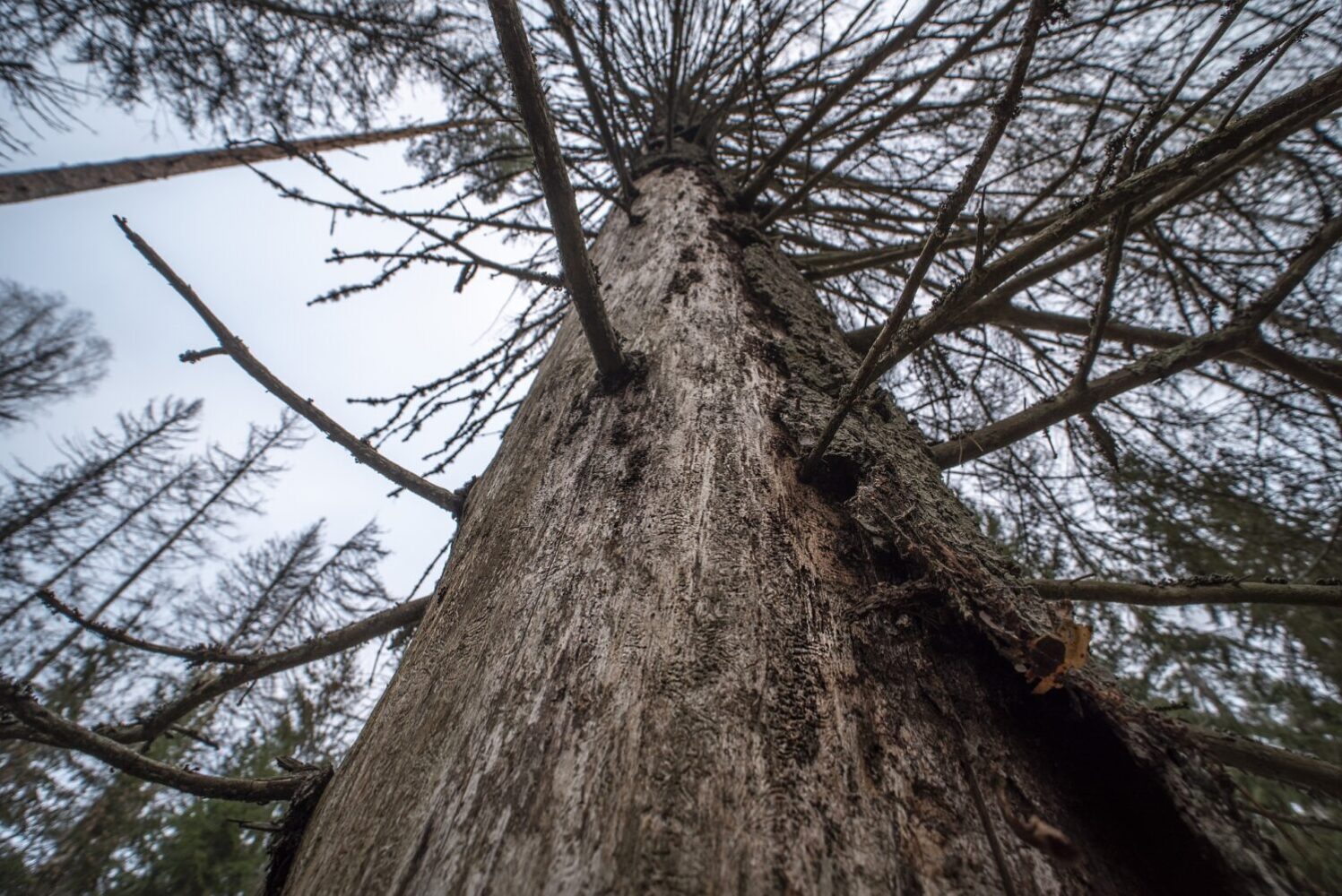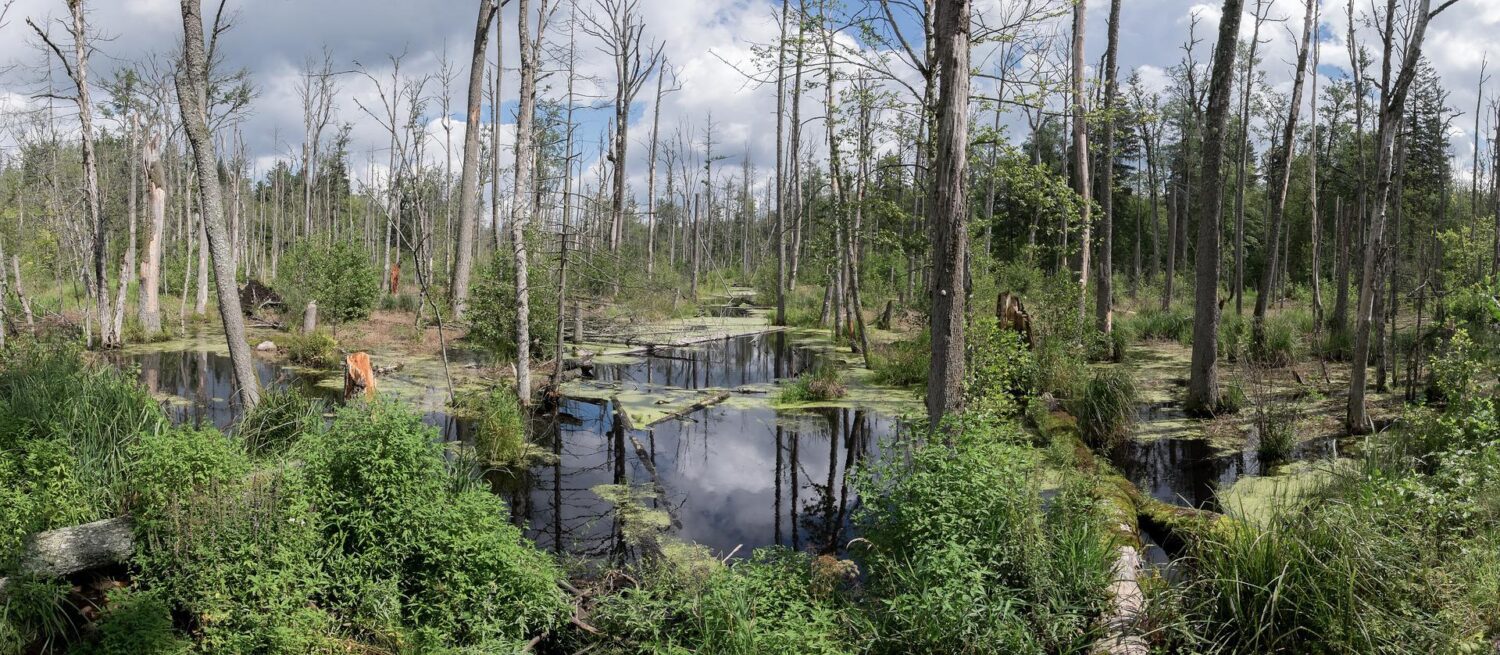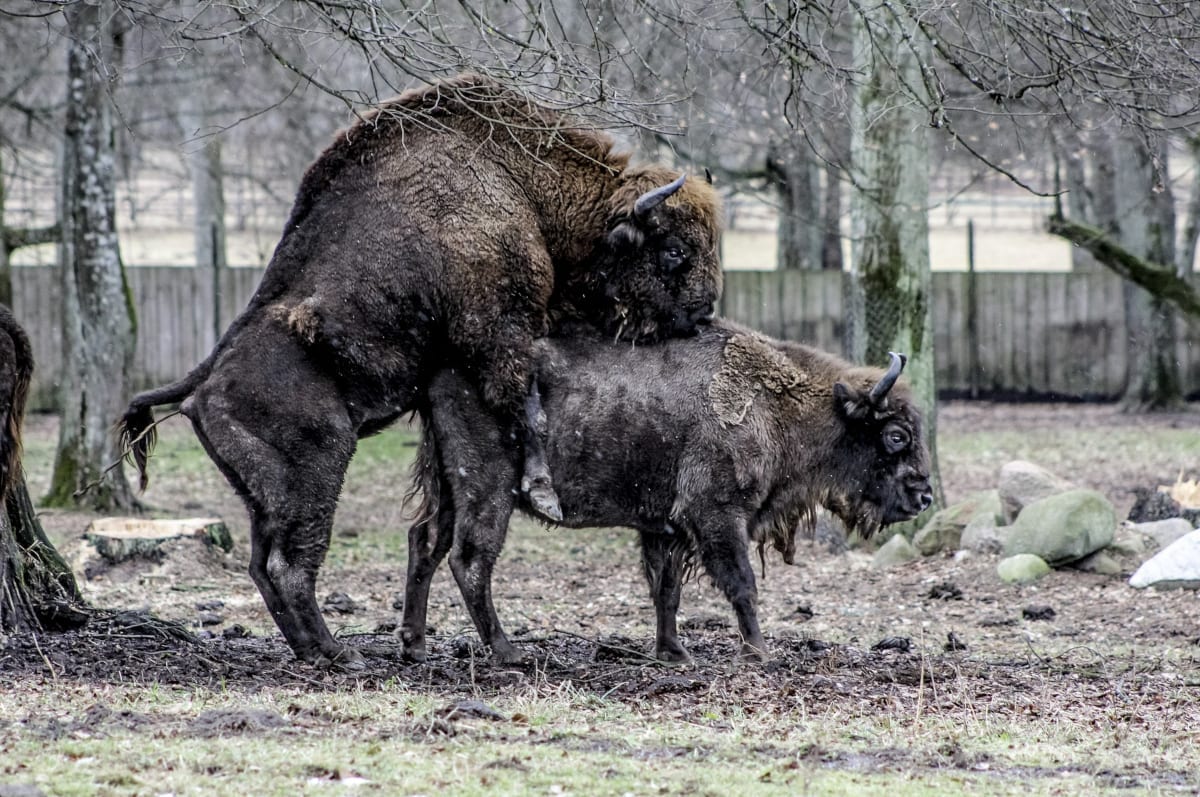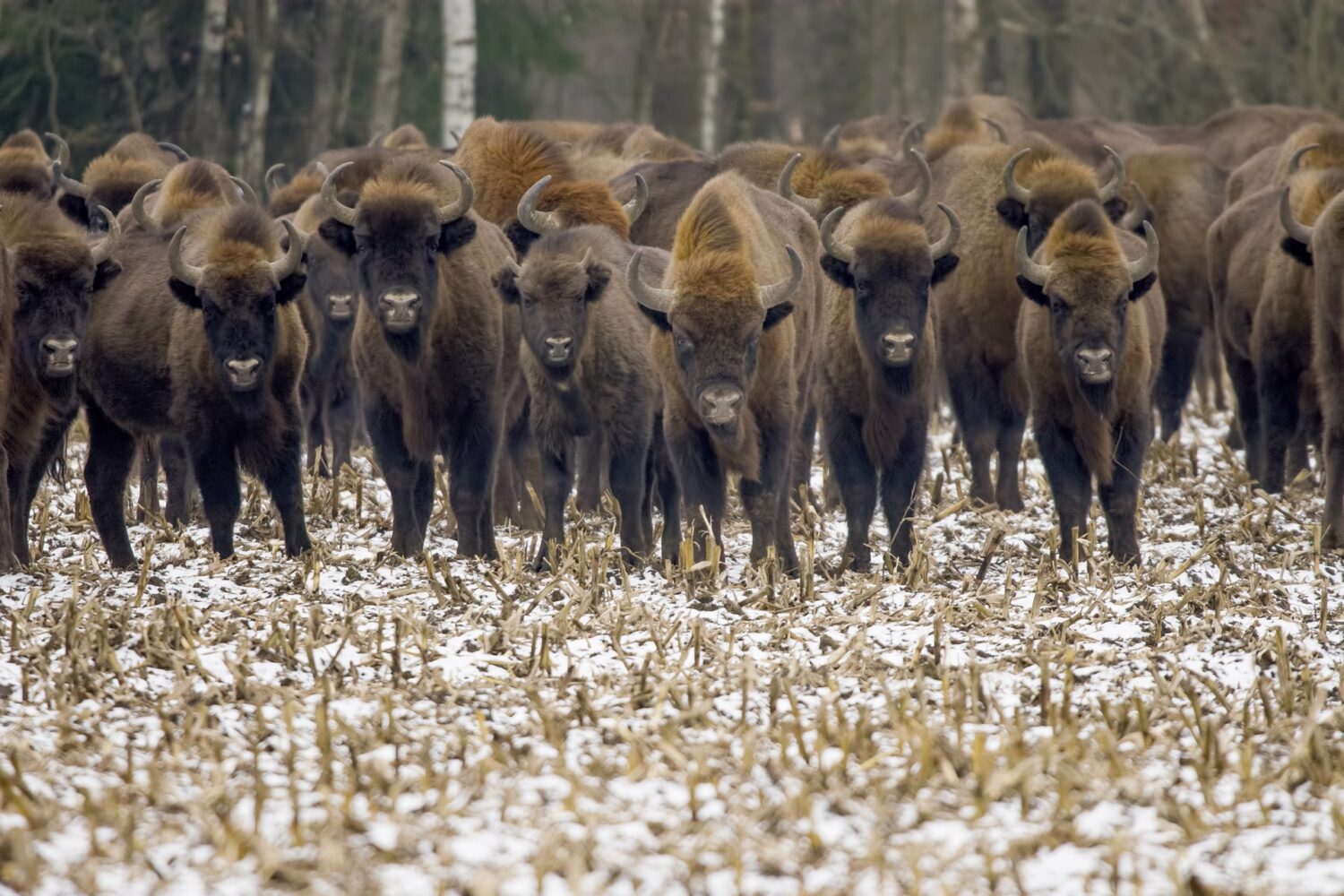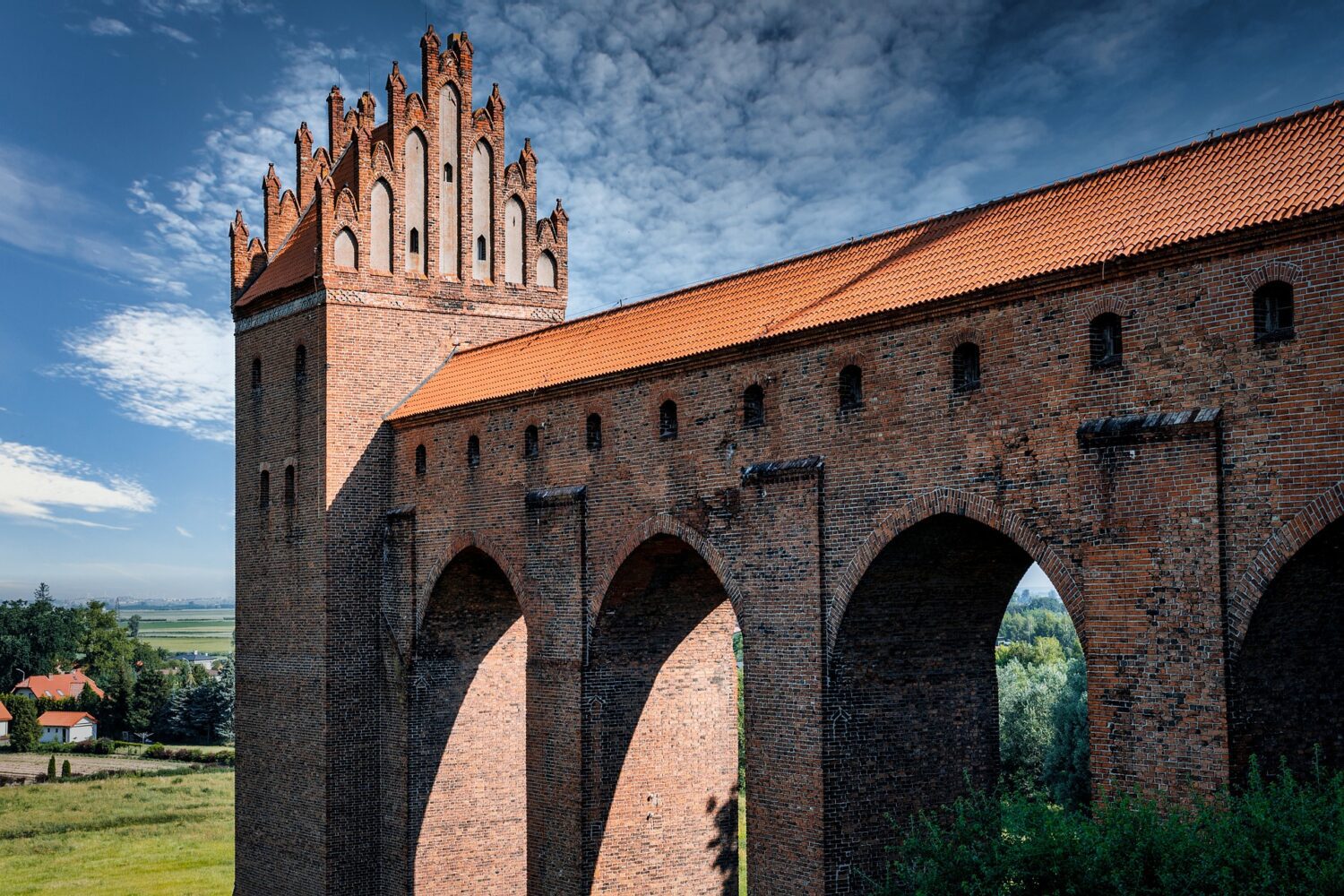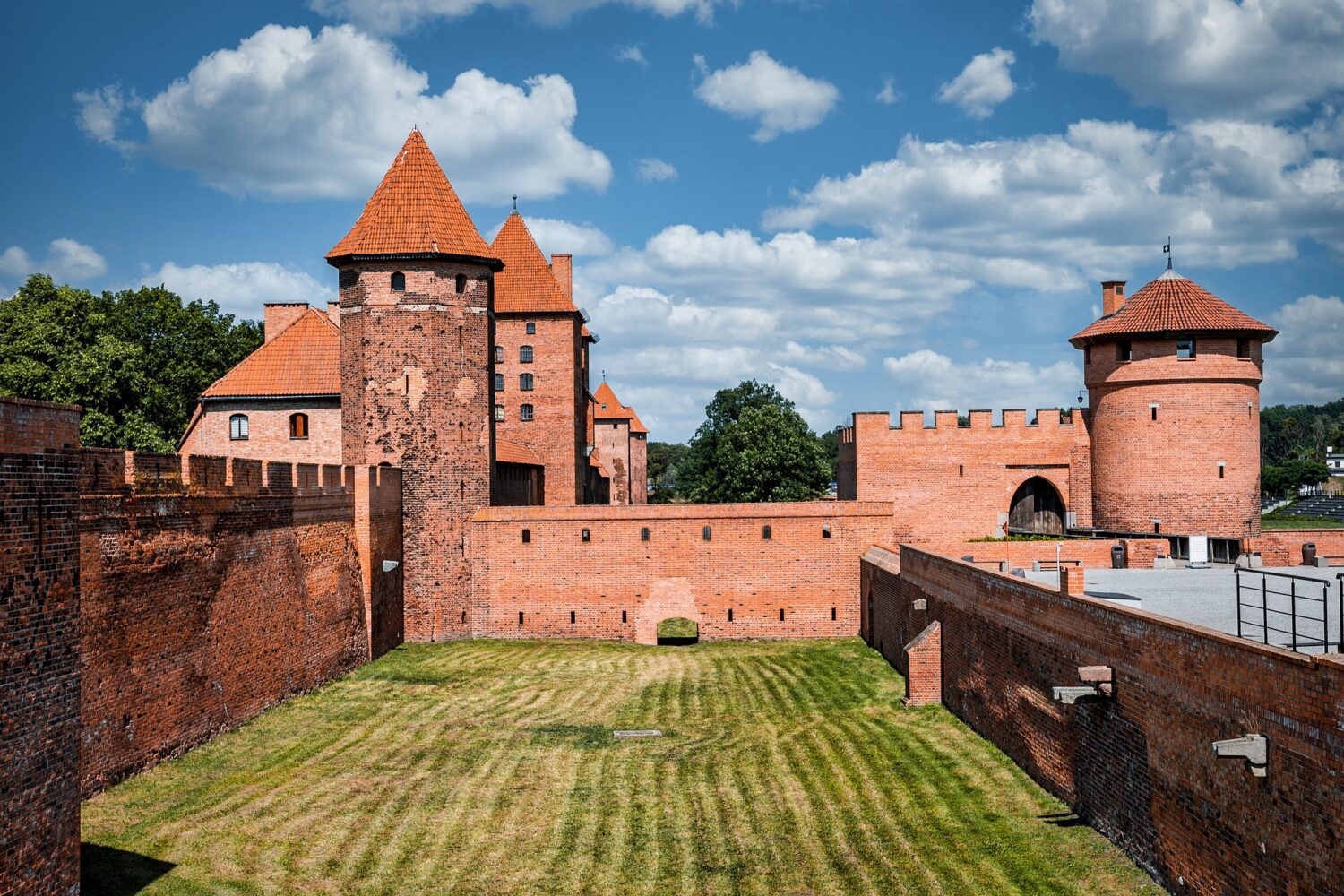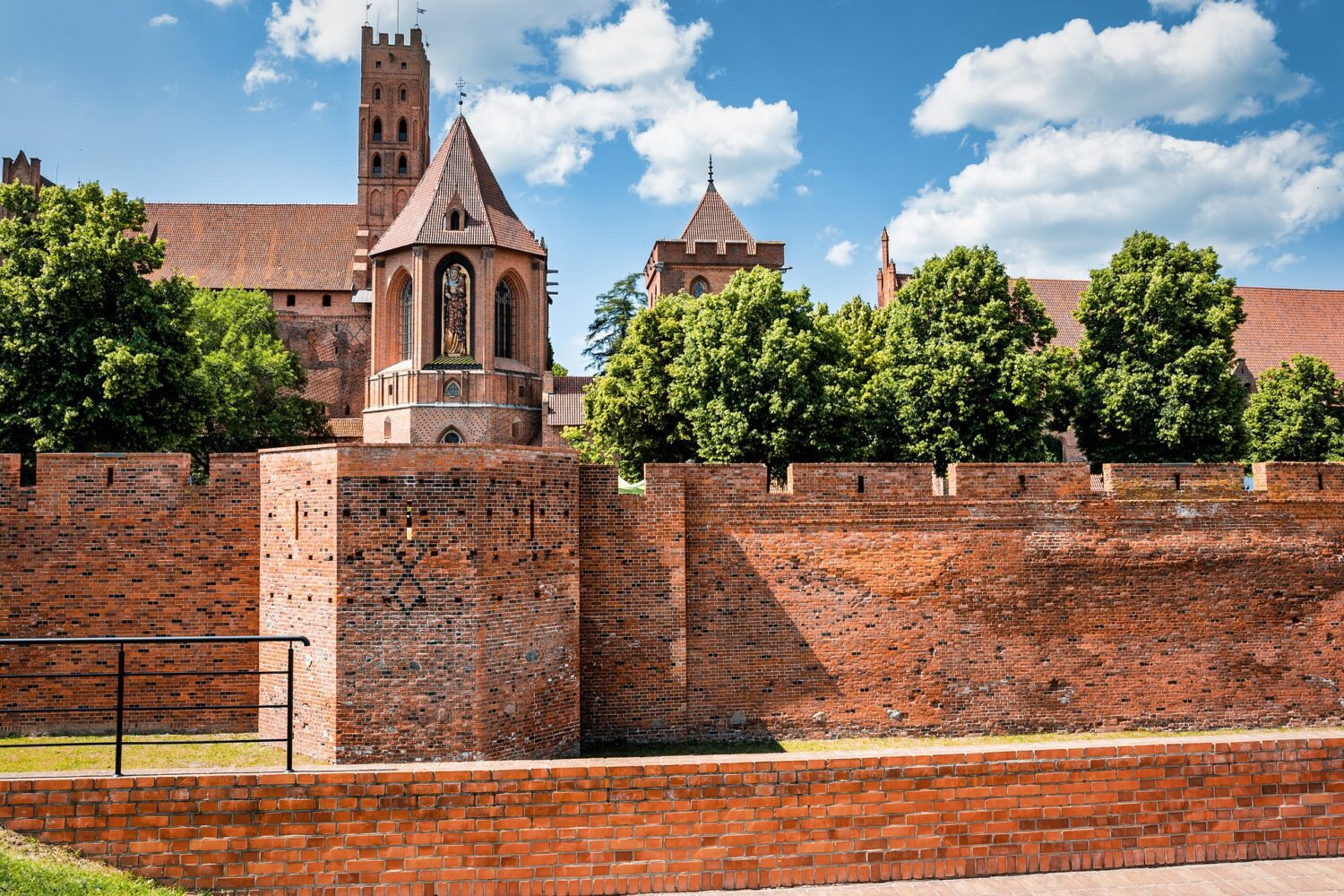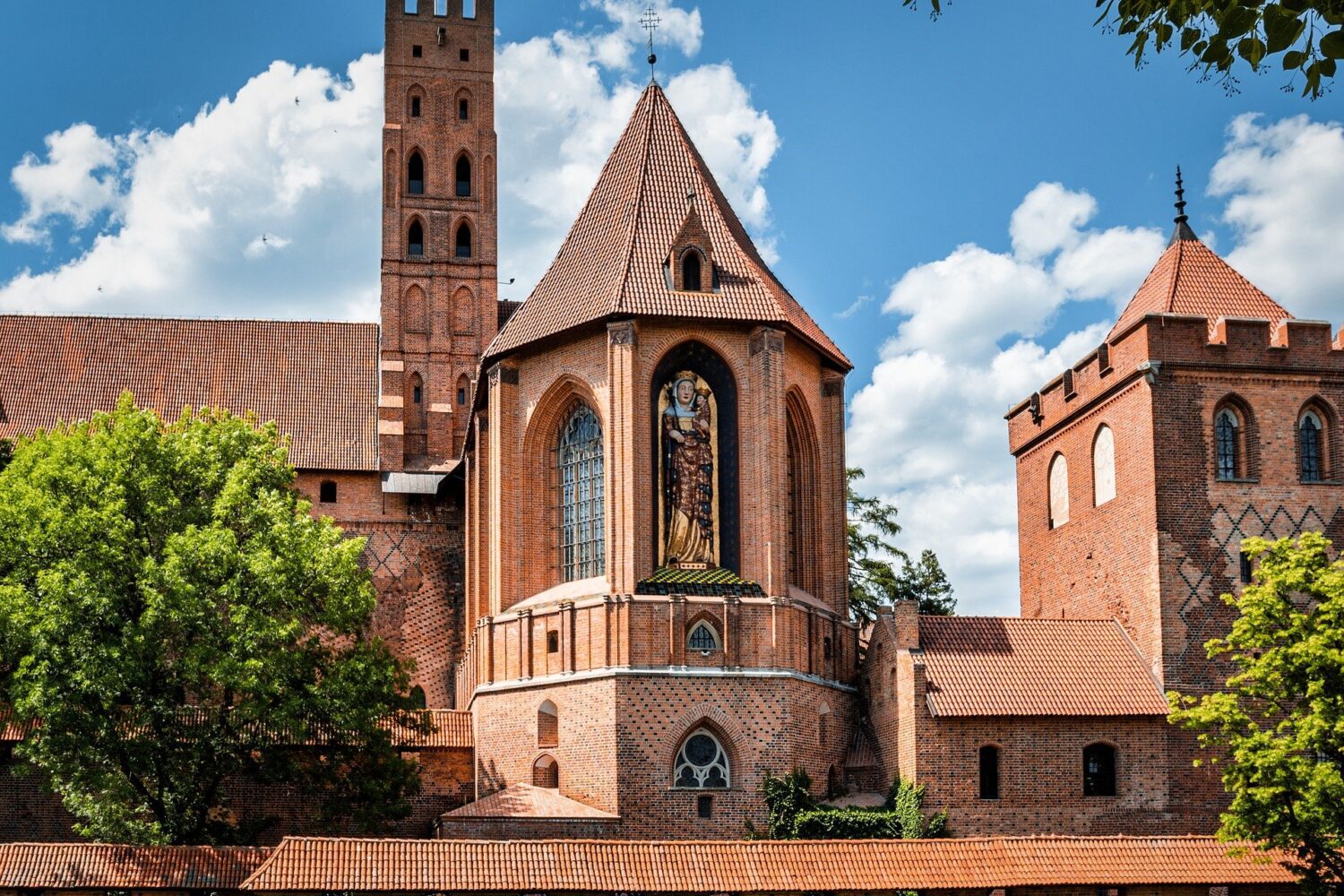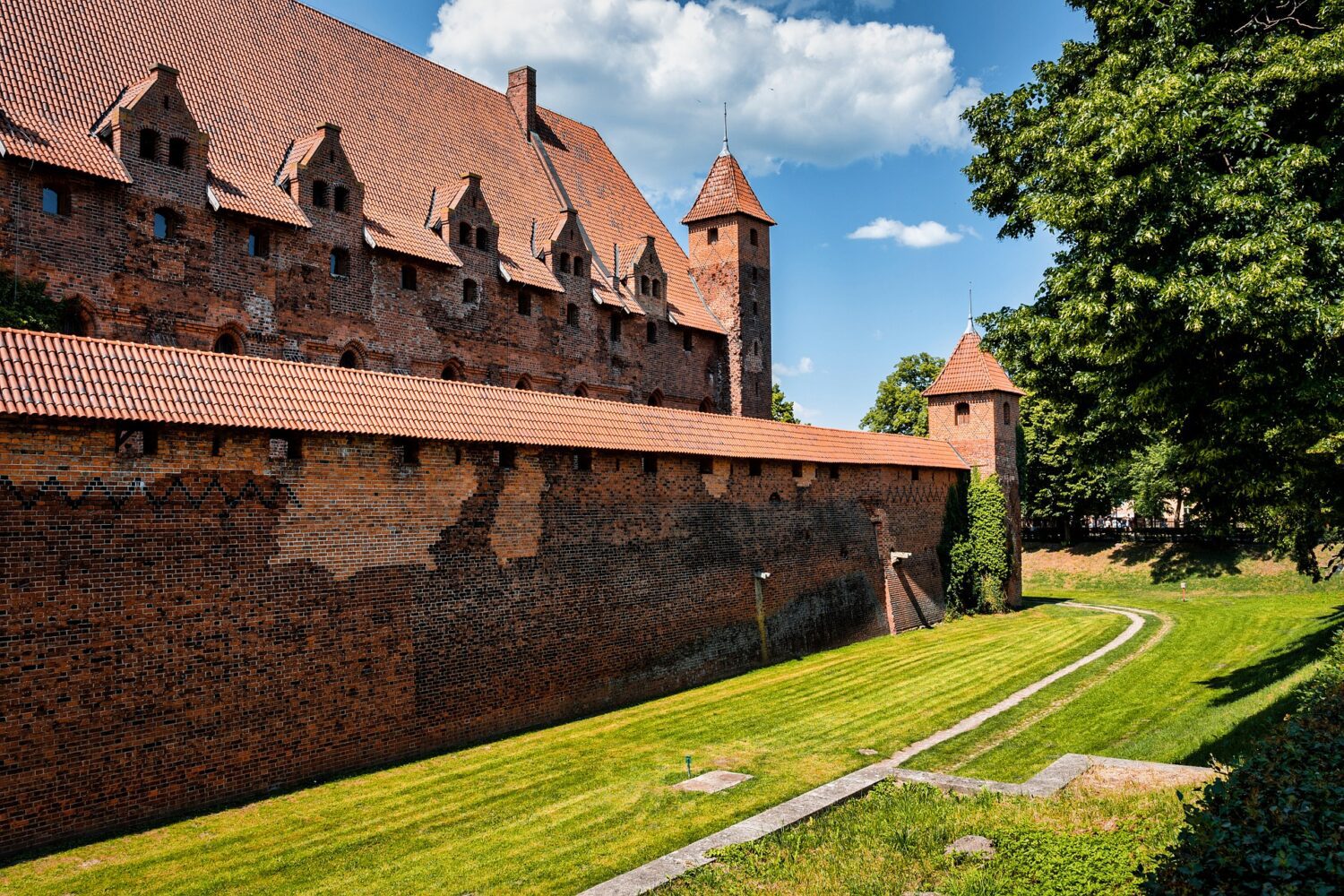Wieliczka Salt Mine
Wieliczka Salt Mine
Updated 09 January 2023.
The Wieliczka salt mine is a UNESCO World Heritage site located around 14km southeast of Kraków and is one of Poland’s most popular attractions, welcoming tourists since 1722.
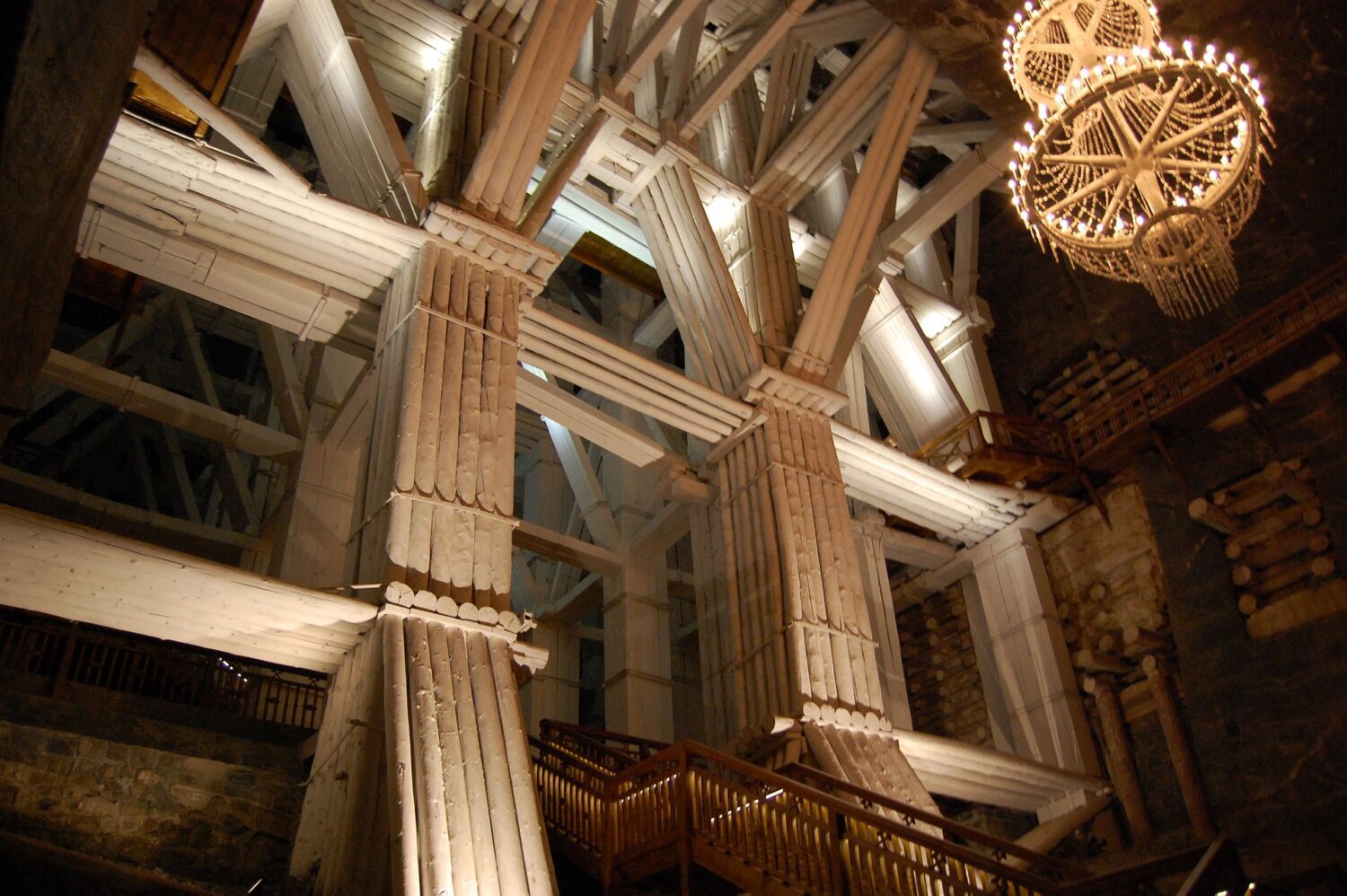
Going underground
Wieliczka is a subterranean labyrinth of tunnels, shafts and chambers, underground saline lakes, chapels with altarpieces, majestic timber constructions and unique statues sculpted in rock salt. The size of the mine is staggering, it reaches a depth of 327m and extends via horizontal passages and chambers for over 287 km distributed over nine levels. Only a small part of the mine is open to the public.
Wieliczka Salt Mine Sculptures
The oldest sculptures were carved out of rock salt by miners; more recent figures have been fashioned by contemporary artists. Even the crystals of the chandeliers are made from rock salt that has been dissolved and reconstituted to achieve a clear, glass-like appearance. The rock salt is naturally grey in various shades, so that the carvings resemble unpolished granite rather than the white or crystalline look that many visitors expect. The carvings may appear white in the photos, but the actual carved figures are not white.
Chapel of St Kinga
The highlight of the mine is a vast chamber housing the ornamented Chapel of St Kinga. Everything that you will see within the chamber is made from salt including altarpieces and chandeliers. It took over 30 years for three sculptors to complete this underground temple, and about 20,000 tonnes of rock salt had to be removed. The rock salt in the mine resembles unpolished granite and its natural colour is grey, not white as many people might expect.
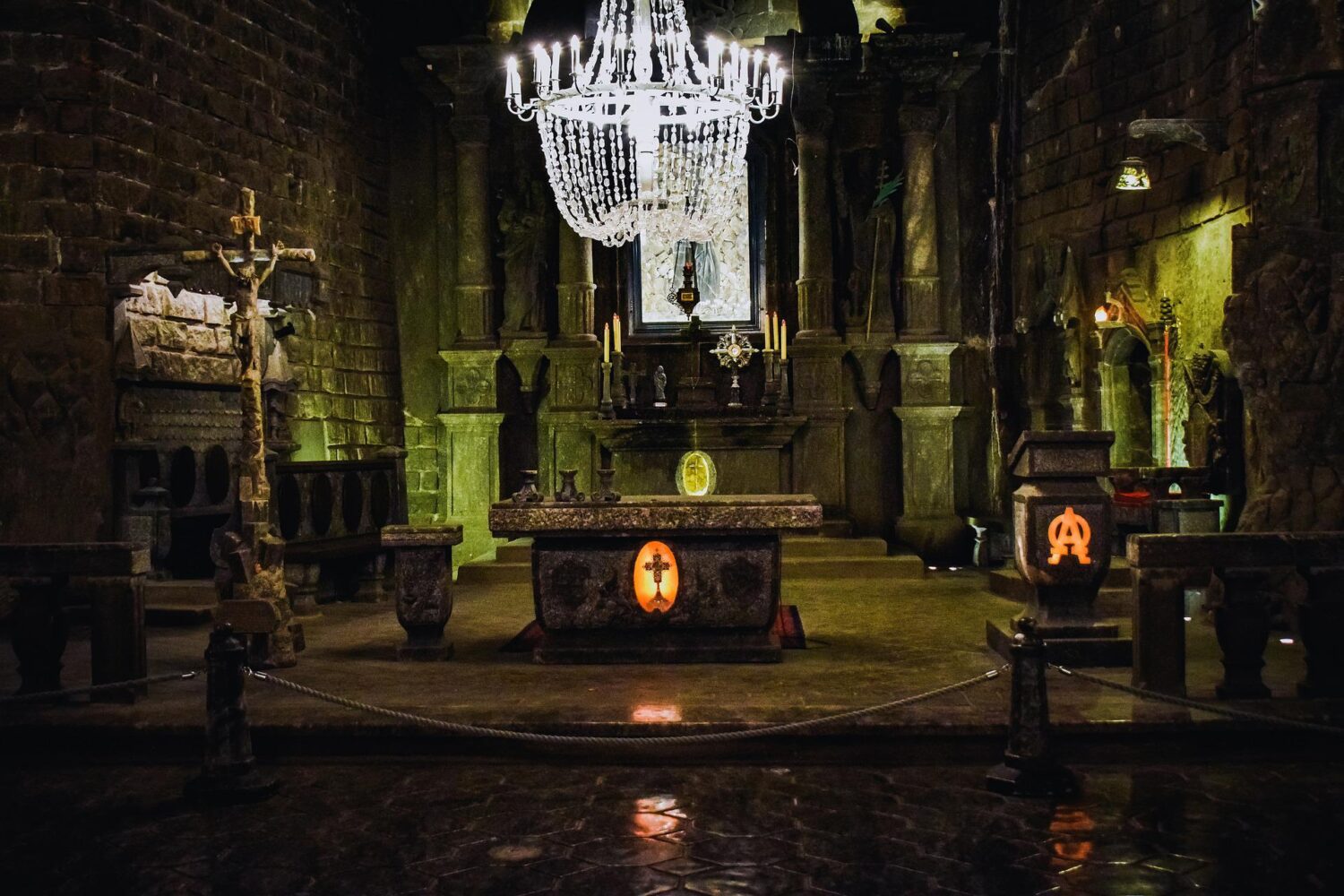
The older sculptures have been supplemented with new carvings made by contemporary artists.
Working mine
Historically, Wieliczka was a working mine; however due to falling salt prices and flooding, commercial salt mining was discontinued. The mine has produced salt since the 13th century and was one of the world’s oldest operating salt mines.
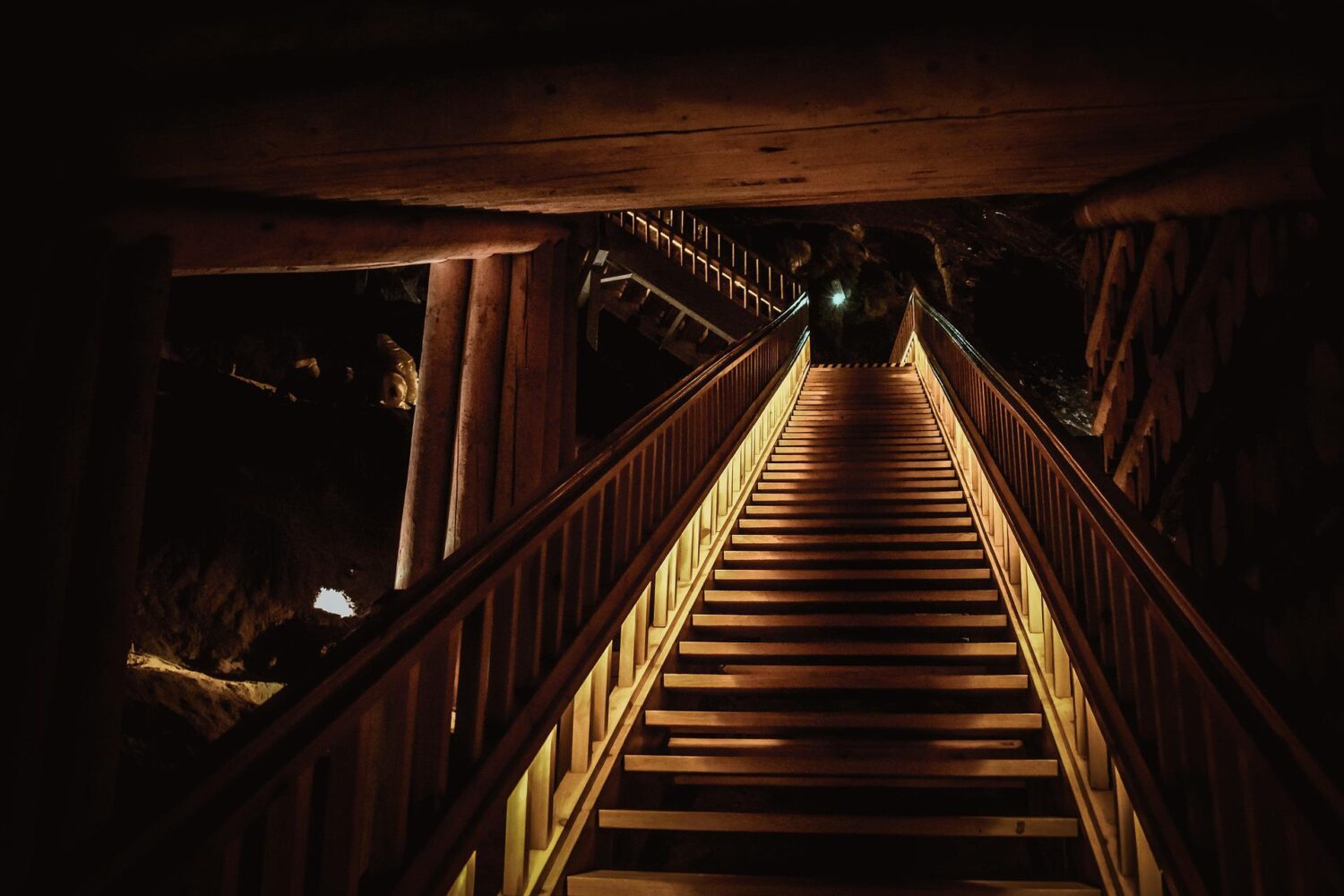
Salt Lake
Other highlights are the Salt Lake in the Erazm Barącz Chamber, whose water is denser than the Dead Sea, and the awe-inspiring 36m-high Stanisław Staszic Chamber.
If you’re worried about the air quality down there, great news: the mine’s special microclimate actually has a beneficial effect on asthma sufferers and those with allergies!
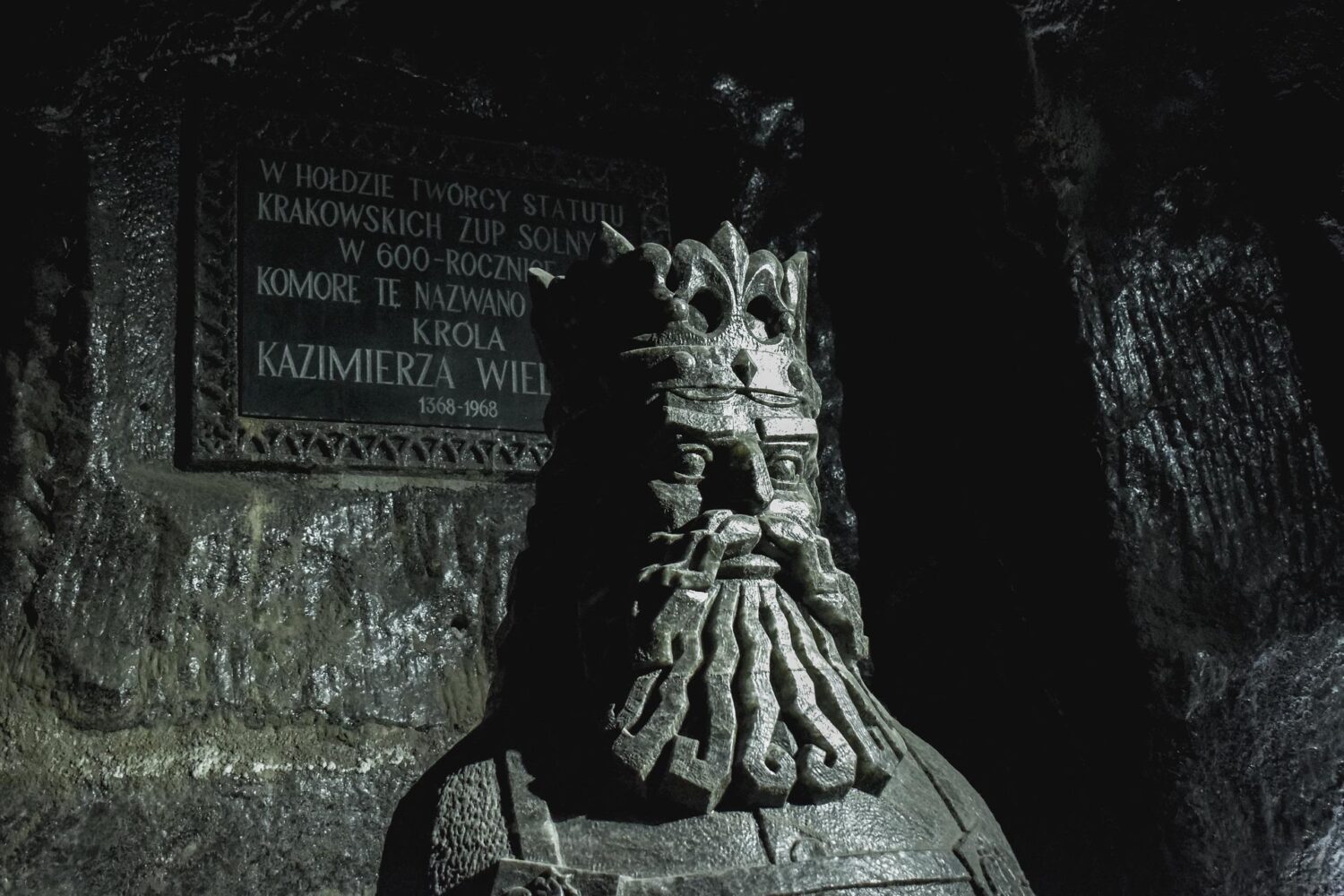
378 steps
To get down to the 64-metre level of the mine, visitors must descend a wooden stairway of 378 steps. After the 3km tour of the mine’s corridors, chapels, statues and lake, 135 metres underground, visitors take an elevator back up to the surface. The elevator holds 36 persons (nine per car) and takes some 30 seconds to reach the surface.
Getting there
Getting to the Wieliczka Salt Mines from Krakow shouldn’t prove too difficult or expensive. Regular buses run from the top of Starowislna Street opposite the Main Post Office, taking around forty minutes to get there. Be warned that buses are a little cramped and we advise you check departure details at one of Krakow’s tourist information offices as these routes chop and change quite a bit. You’re best asking a friendly Pole where to get off too, as this is a public bus not a tourist service.
FAQ
Here are some frequently asked questions about the Wieliczka Salt Mine in Poland:
Where is the Salt Mine located?
The Salt Mine is located in the town of Wieliczka, which is about 15 km (9 miles) southwest of Krakow, Poland.
What is the history of the Salt Mine?
The Wieliczka Salt Mine has a long history dating back to the 13th century. It was one of the first salt mines in Europe to be converted into a tourist attraction, and it has been a popular tourist destination since the 19th century. The mine is a UNESCO World Heritage Site and has been recognized as one of the most valuable cultural and natural assets in Poland.
Is the Salt Mine open to the public?
Yes, the mine is open to the public. It is one of the most popular tourist attractions in Poland, and it attracts over 1 million visitors each year.
Is there a cost to visit the Wieliczka Salt Mine?
Yes, there is a fee for visitors to enter the Salt Mine. The cost of admission varies depending on the type of tour you choose and the time of year you visit.
Are there guided tours of the Wieliczka Salt Mine?
Yes, guided tours of the Salt Mine are available for visitors. The tours are offered in a variety of languages, including English, and they take visitors through the underground tunnels and chambers of the mine.
Is the Wieliczka Salt Mine wheelchair accessible?
The mine is partially wheelchair accessible. Some areas of the mine are only accessible by stairs, but there are also some areas that can be accessed by elevator. It is recommended to contact the mine in advance to inquire about specific accessibility details.
